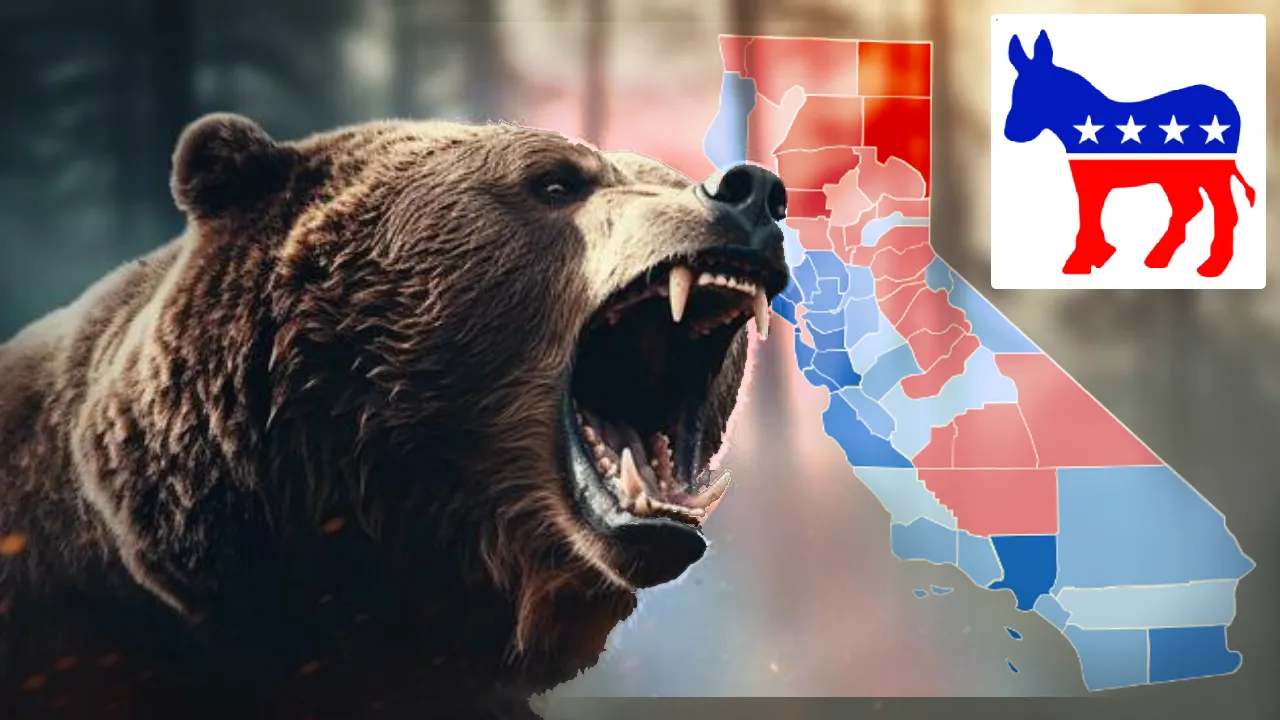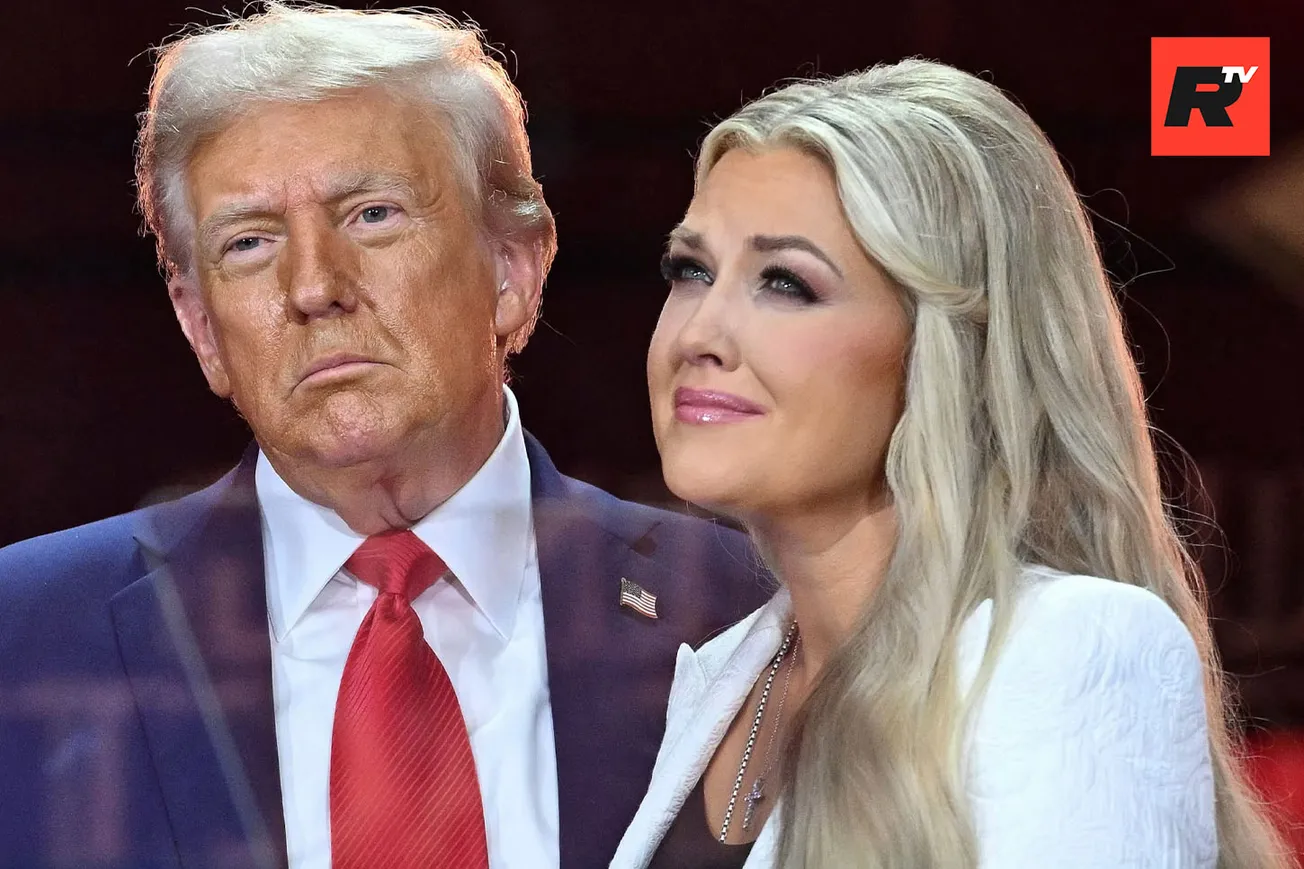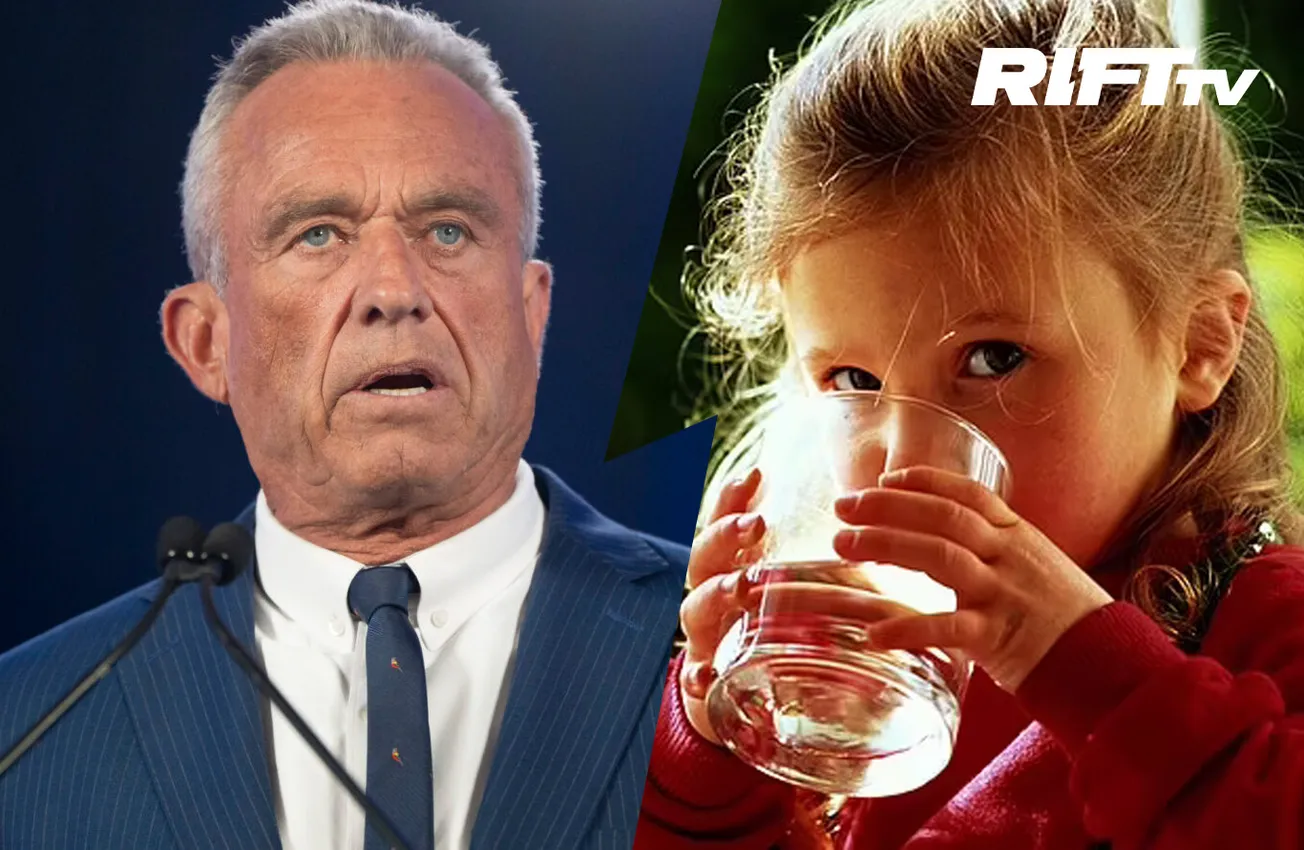For many Americans, California is synonymous with progressive politics. The state has become a Democratic fortress in presidential elections and a place where liberal policies—from environmental regulations to social justice measures—are regularly tested and implemented.
Actually, the last time anyone can recall, at least by heart, that California turned red was when Arnold Schwarzenegger became the Governator. But even by then they were voting for the Democrats for the presidential race.
But this wasn’t always the case. For decades, California was a Republican stronghold, home to Richard Nixon and Ronald Reagan. So, what changed?
Why is California so liberal?: The Republican collapse
One of the key moments in California’s political realignment came in the 1990s, when the state GOP backed Proposition 187—a ballot measure that sought to deny public services to undocumented immigrants. While it passed, it was later ruled unconstitutional. More important than the legal outcome was the cultural backlash. Latino communities, which were growing rapidly, mobilized in response. Many who hadn’t been politically active before began voting—and they voted Democrat.
This wasn’t just about policy—it was about perception. The Republican Party became viewed as hostile to immigrants. That reputation stuck, alienated Latinos, and also many Asian-American communities who were turned off by the anti-immigrant stance.
JD Vance explains how Reagan turned California permanently blue with the Immigration Reform and Control Act of 1986.
— AF Post (@AFpost) October 31, 2024
Follow: @AFpost
pic.twitter.com/lHk8tM9Cyp
Demographics and geography
The demographic shift alone doesn’t fully explain California’s deep blue turn. There’s also been a migration of working-class families—particularly white, non-college-educated Republicans—out of the state. High housing costs, strict environmental regulations, and a burdensome tax climate pushed many to states like Texas and Arizona. Meanwhile, college-educated professionals and immigrants filled the vacuum in urban centers like Los Angeles and the Bay Area—two areas that consistently vote overwhelmingly Democratic.
Simply put, the people leaving California tended to lean right, and the people arriving leaned left.
Cultural transformation and the Bay Area effect
The Bay Area has long been a cultural incubator for progressive thought. From the Beat Generation of the 1950s to the gay rights movement of the 1970s, San Francisco has attracted people looking to disrupt paradigms. Political machines like the Burton Network in San Francisco, backed by union support and grassroots activism, helped cement the city’s leftward trajectory decades ago.
This cultural momentum spilled over into state politics. While rural inland areas remain more conservative, California’s political power is concentrated in coastal urban regions—where liberal views dominate.
Party mechanics: Redistricting and top-two primaries
California also changed the rules of the game. The adoption of nonpartisan redistricting and a “top-two” primary system has made it harder for extreme partisans to win. Ironically, this reform was designed to promote moderation but, in practice, allowed establishment Democrats to dominate in a one-party state.
Republicans haven’t been able to rebuild, and often struggle to appeal to an electorate that sees them as out of step on core issues like immigration, healthcare, and climate.
Two frontrunners in this race are playing political games with our future. When will we say enough is enough?
— Christina Pascucci (@Pascucci2024) February 19, 2024
On CNN yesterday, I was asked about California’s jungle primary system. This means that on the March 5th primary, the top two vote getters move onto November, regardless… pic.twitter.com/WjJ3swAiam
Special interests and liberal overreach
California’s liberal dominance isn’t without internal contradictions. One-party rule has allowed special interests to flourish, with lobbyists influencing everything from environmental regulation exemptions to wage laws that favor certain industries over others. Even liberal Californians are starting to question whether their government is working for them or for the politically connected.
California voter registration update shows a Republican surge, with the party gaining 138,000 voters while Democrats add just 12,000. pic.twitter.com/L2hTpV1gUB
— Leading Report (@LeadingReport) March 17, 2025
The verdict: More blue, but not more united
California didn’t turn liberal overnight. It was the result of demographic shifts, policy backlash, and political realignment. While the state has become a blueprint for progressive policies, it’s also deeply divided. The rural-urban split is real. And despite the supermajority in Sacramento, infighting between progressive and moderate Democrats shows that political unity isn’t guaranteed.
For conservatives, California may seem like a lost cause. But understanding how it turned blue offers lessons for the rest of the country: Alienating voters, especially growing communities, comes at a cost. And ignoring working-class struggles only accelerates the divide.




!["We're Hypocritical!" Conservative Host's BRUTALLY Honest Take on Jimmy Kimmel [WATCH]](/content/images/size/w1304/format/webp/2025/09/gavin-mcinnes.jpg)






Conversation